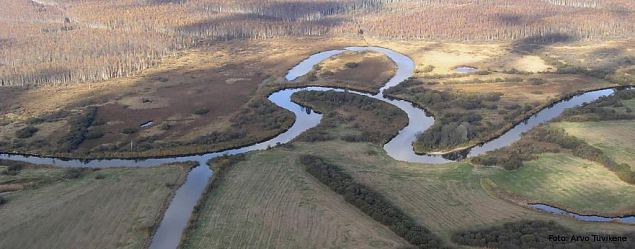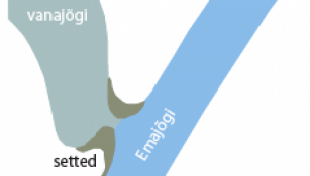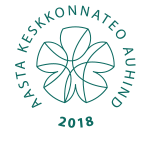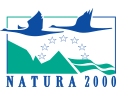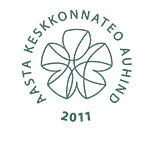|
The oxbow lakes of River Emajõgi
Unique ecosystems on Alam-Pedja Nature Reserve area.
River Emajõgi with its oxbow lakes and meadows is one of the most valuable parts of the Alam-Pedja Nature Reserve. The total length of River Emajõgi is 100 km, connecting Lake Peipus (the 4th largest lake in Europe) with Lake Võrtsjärv. In the course of its development, the riverbed of River Emajõgi has gone through remarkable changes. Several former meanders of the river have formed unique water bodies called oxbow lakes. |
There are 55 oxbow lakes in Alam-Pedja Nature Reserve, their total length and area being considerably bigger than that of the present riverbed. The oxbow lakes have formed unique ecosystems. The fish fauna is especially abundant as oxbow lakes with alluvial meadows constitute ideal breeding grounds for numerous fish species. Research has shown that great numbers of fish migrate from Lake Peipus, Lake Võrtsjärv and other water bodies connected with River Emajõgi in order to spawn. In some places, the number of young fish can reach up to 1 million per cubic metre of water. River Emajõgi and its oxbow lakes are a valuable habitat for quite a few fish species of European importance, such as Asp (Aspius aspius), European weather loach (Misqurnus fossilis), Spined loach (Cobitis taenia) and European bullhead (Cottus gobio) as well as Pike (Esox lucius), Pike perch (Sander lucioperca), Perch (Perca fluviatilis), Bream (Abramis brama), and Ide (Leuciscus idus). In oxbow lakes, oxygen deficiency may occur in winter and at times in summer. A natural reaction for the fish would be to migrate from the uninhabitable oxbow lakes into River Emajõgi rich in oxygen. That is, however, not always possible. |
Problems In periods of low water in winter, the connections with River Emajõgi disappear because of the intensified load of sediments. Fish trapped in oxbow lakes without oxygen may die. In order to avoid that, sediments at the ends of oxbow lakes must be removed. It is also vital for the fish fauna of Alam-Pedja Nature Reserve to clean the spawning areas from bushes and reed, to protect the spawning areas of Asp in rapids and to restore the production of young Asp in order to introduce them back into the rivers. | ||
WILDLIFE ESTONIA
NGO Wildlife Estonia is established in 2000. Our aim is to protect rivers and other aquatic habitats. We care about the nature, biodiversity and fish in particular.
HABITATS
Springs, rivers and lakes are our common treasure. The more natural status they have the more precious they are.
COMPETENCE
Successful application and implementation of river restoration and fish population status improvement projects. Scientific ichthyology studies with traditional and modern bio-telemetric methods.
Disclaimer on LIFE projects.
LIFE projects are co-financed by the European Union LIFE program. Views and opinions expressed are however those of the author(s) only and do not necessarily reflect those of the European Union. The European Union can not be held responsible for them.
CONTACTS
Eesti Loodushoiu Keskus, registration 80124928,
Address: Veski 4, 51005 Tartu, ESTONIA
Send e-mail:
Contact phone (+372) 51 76886
